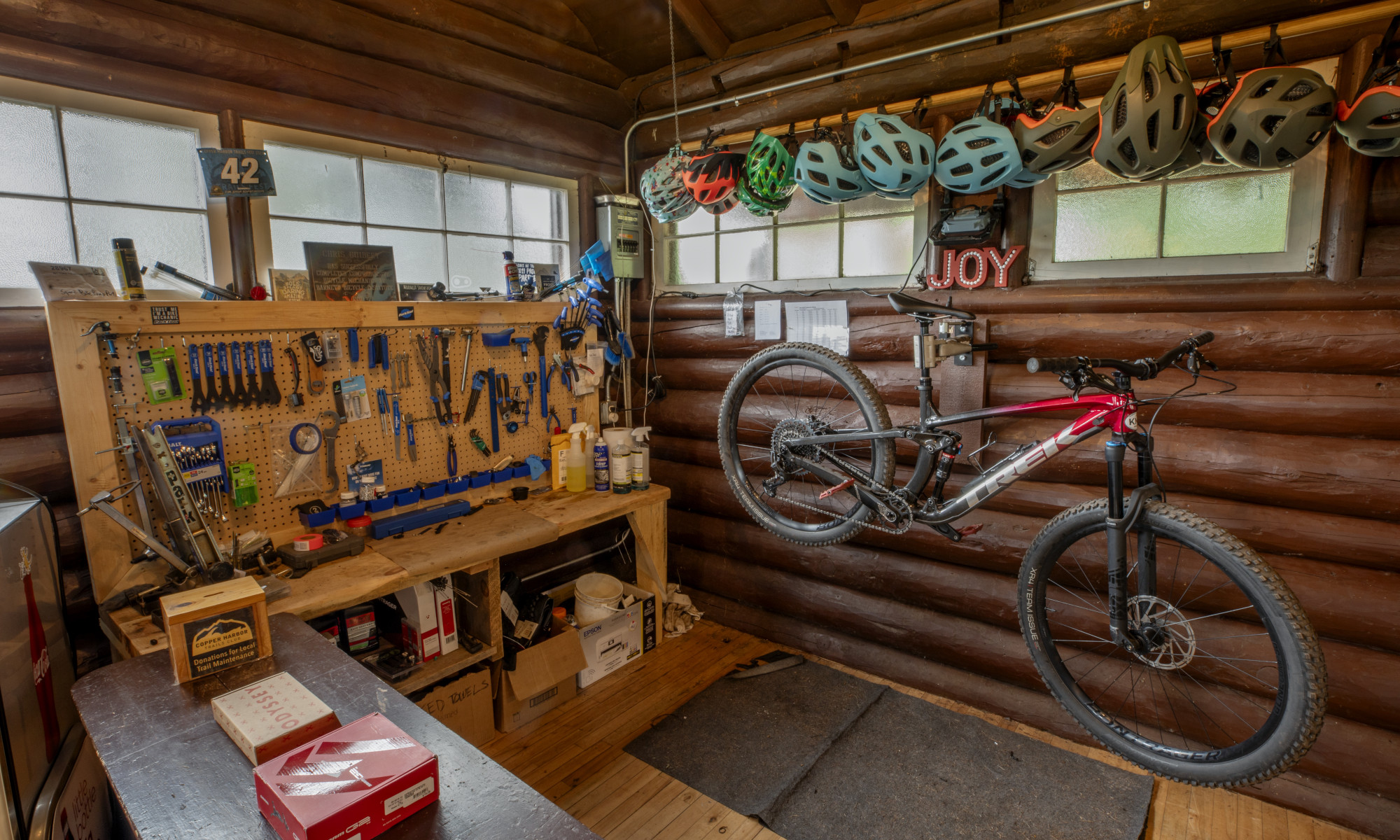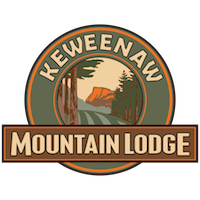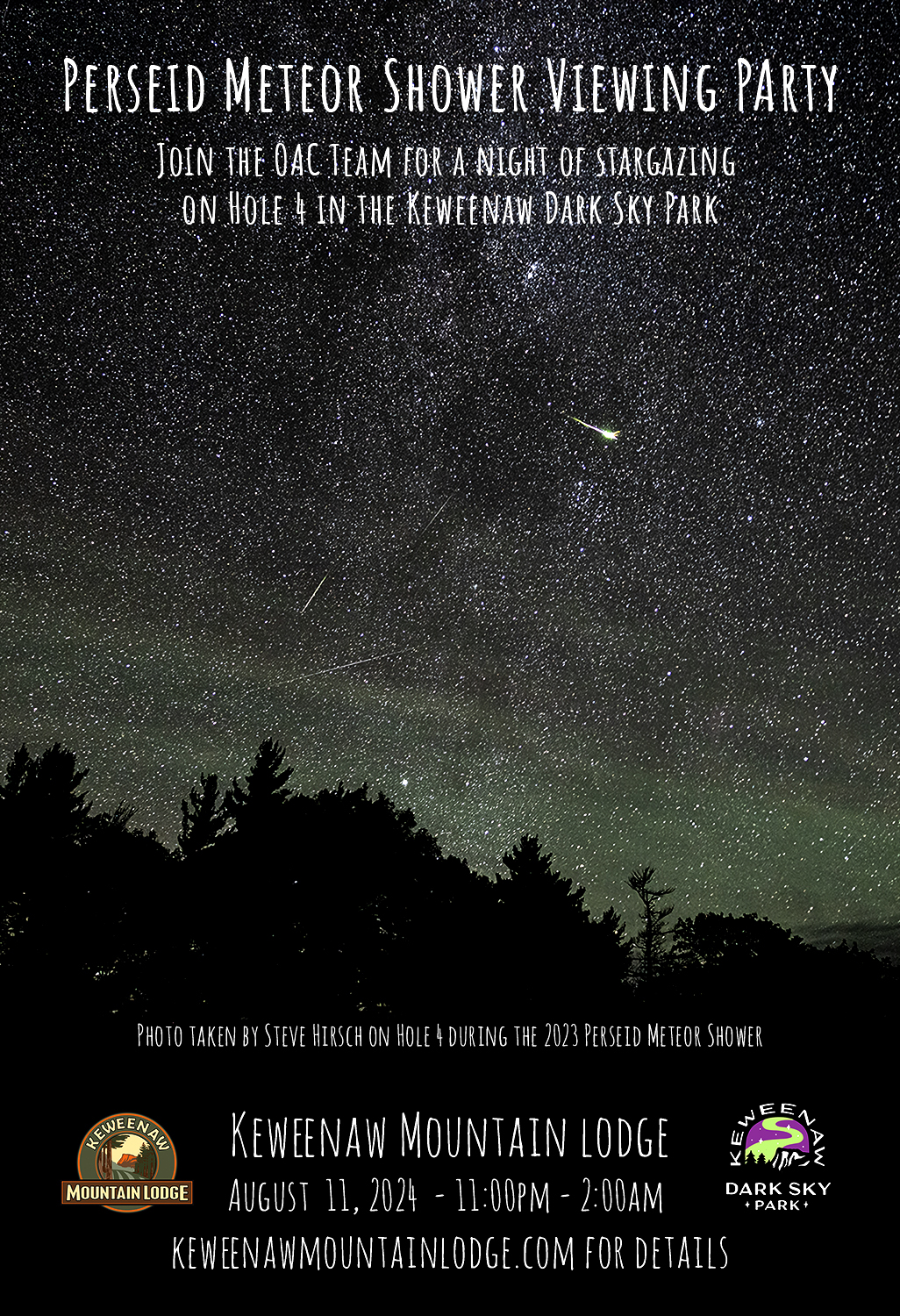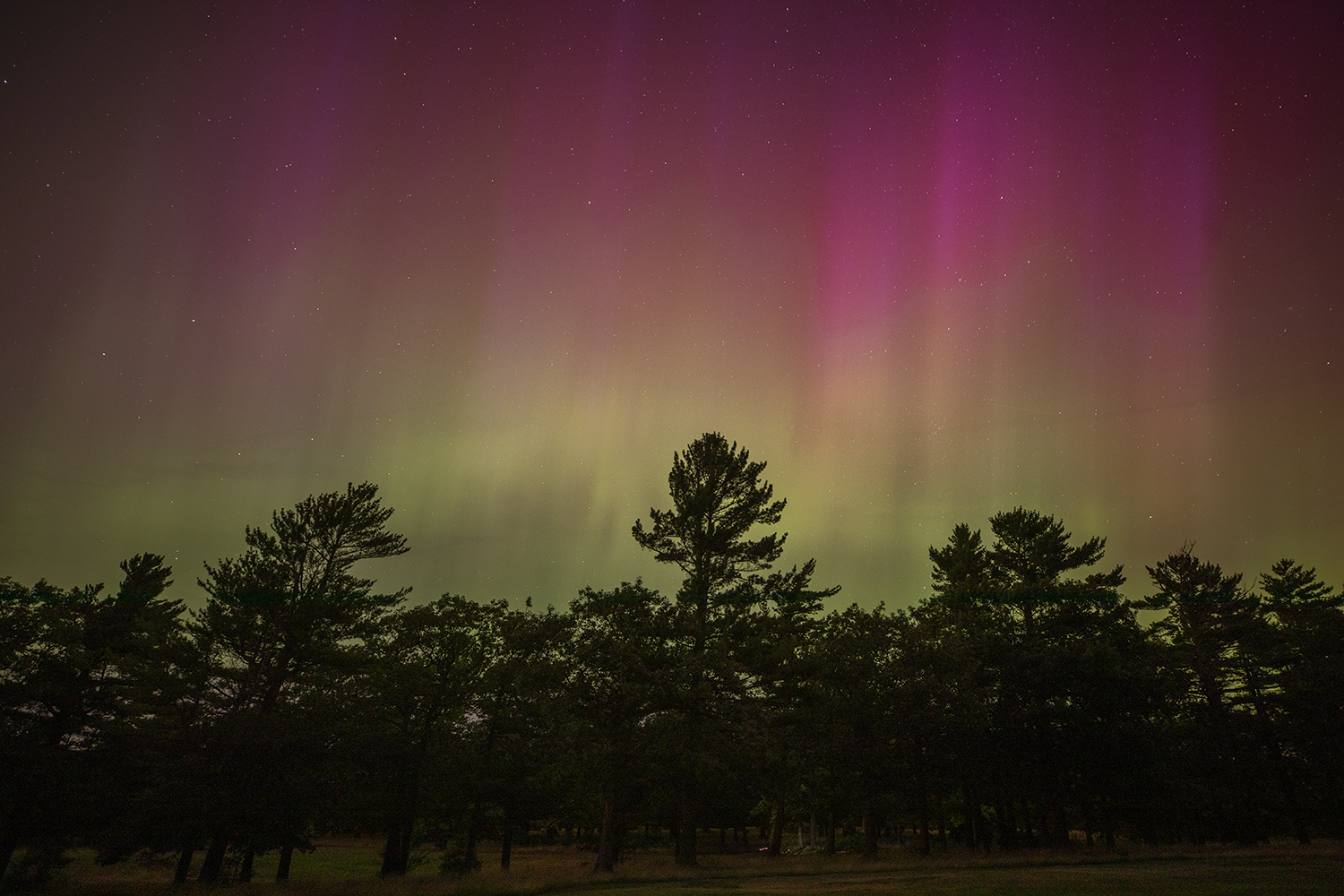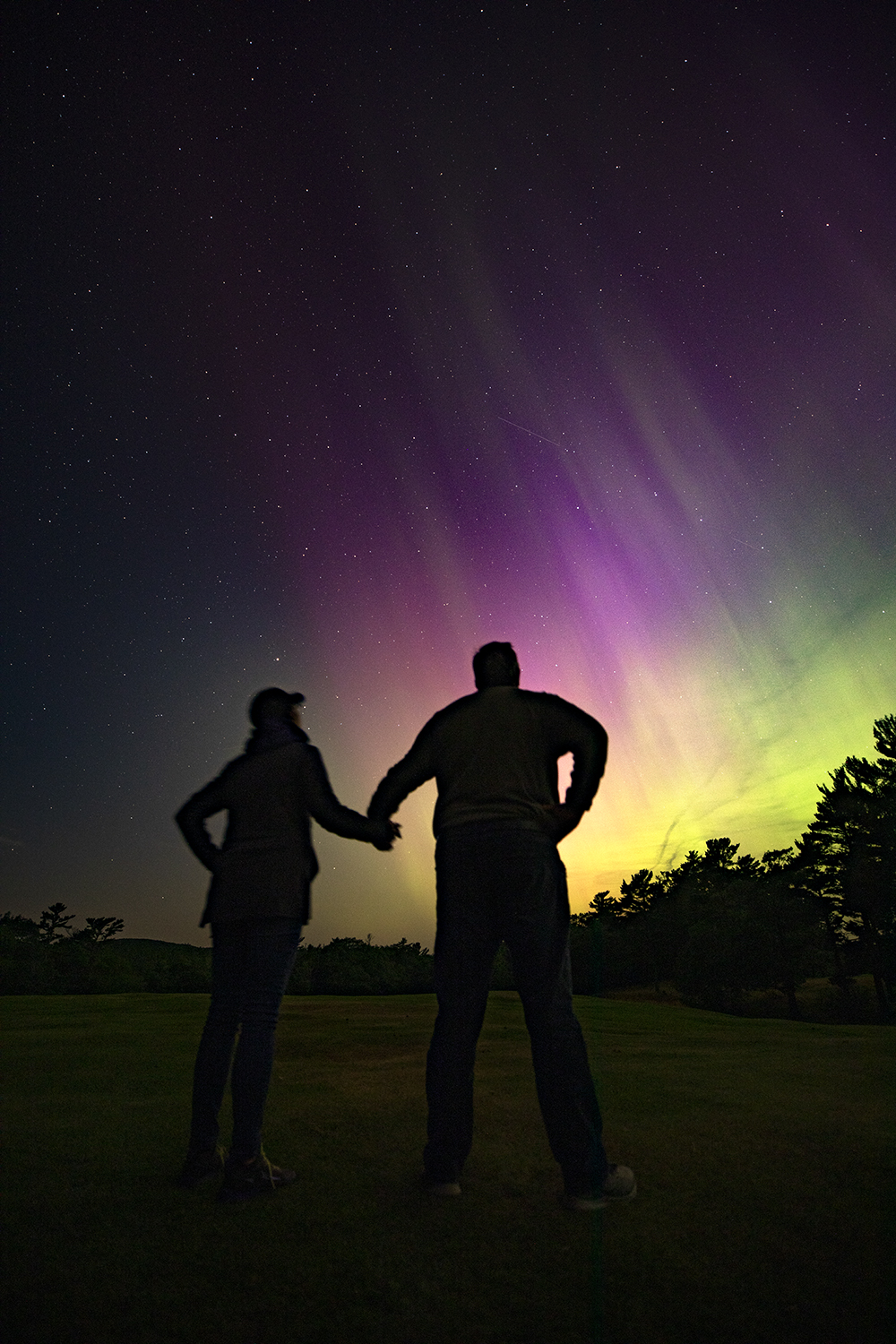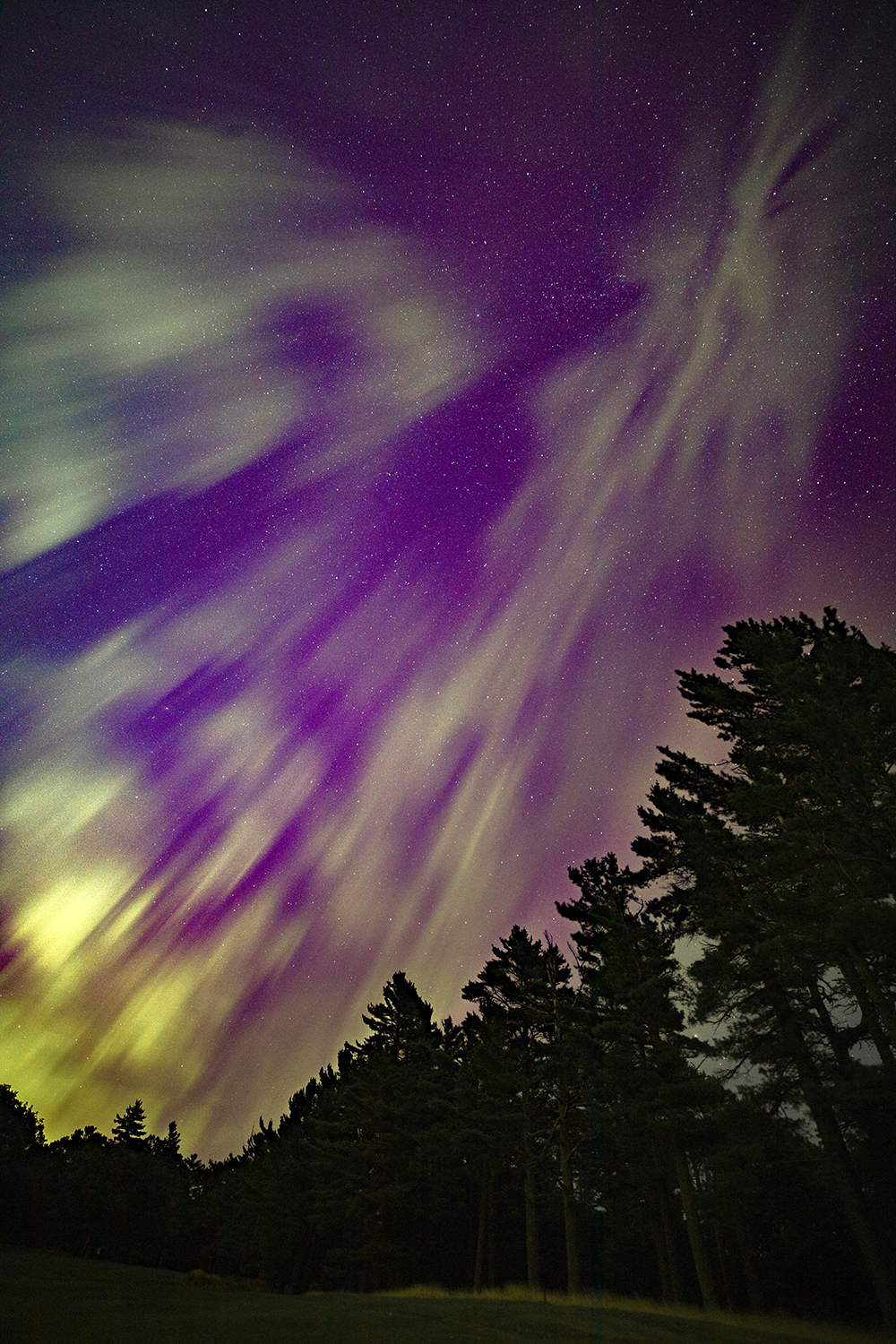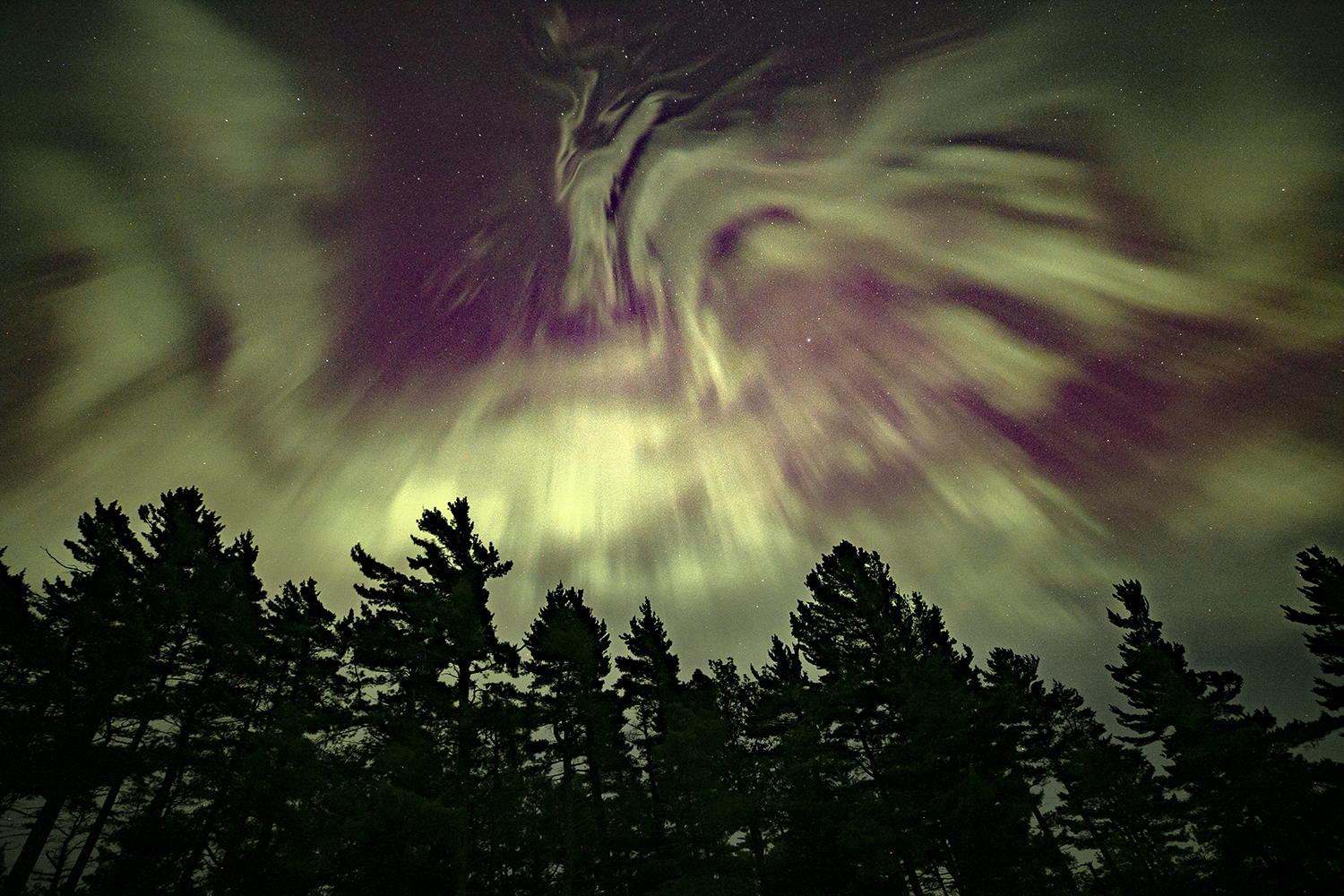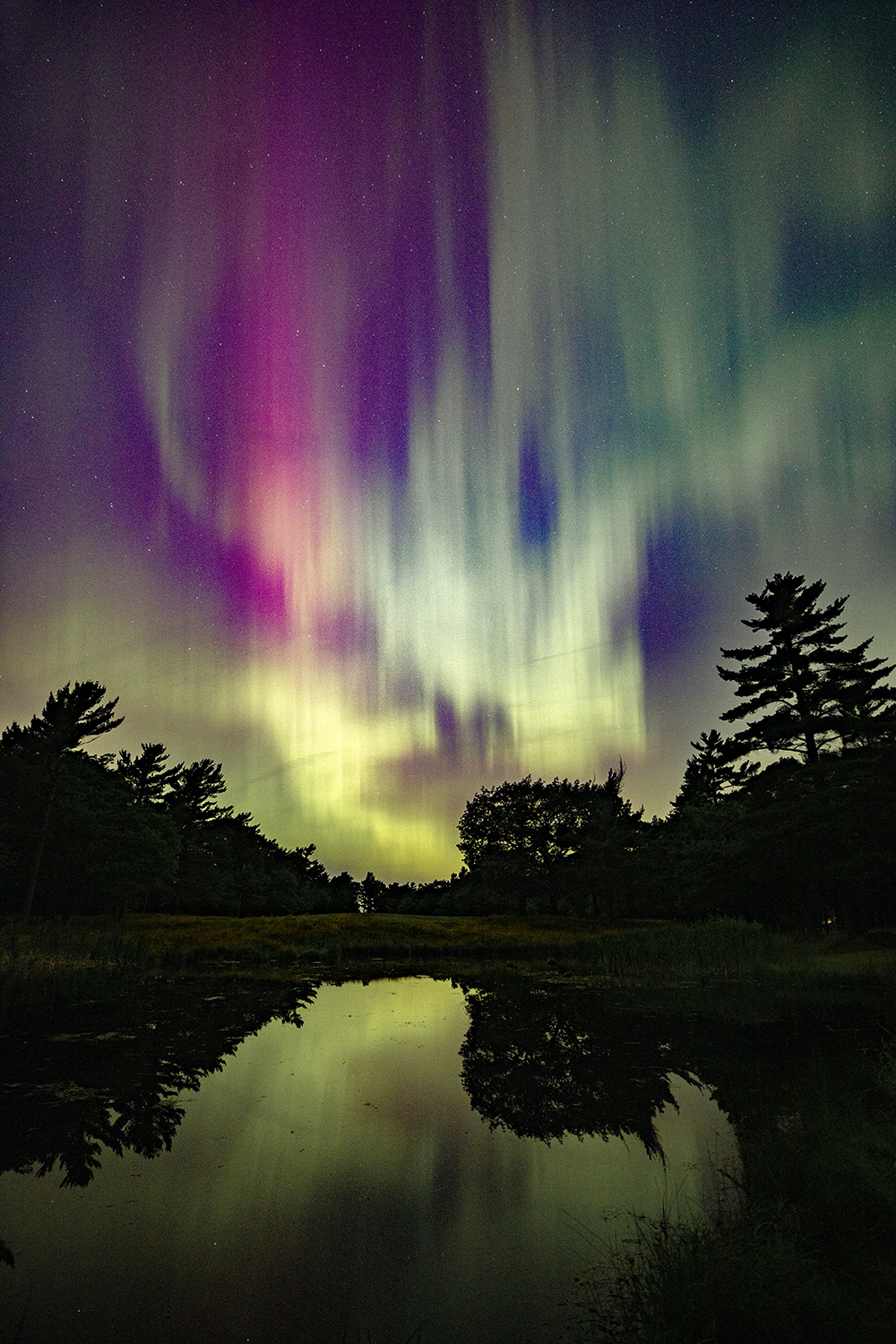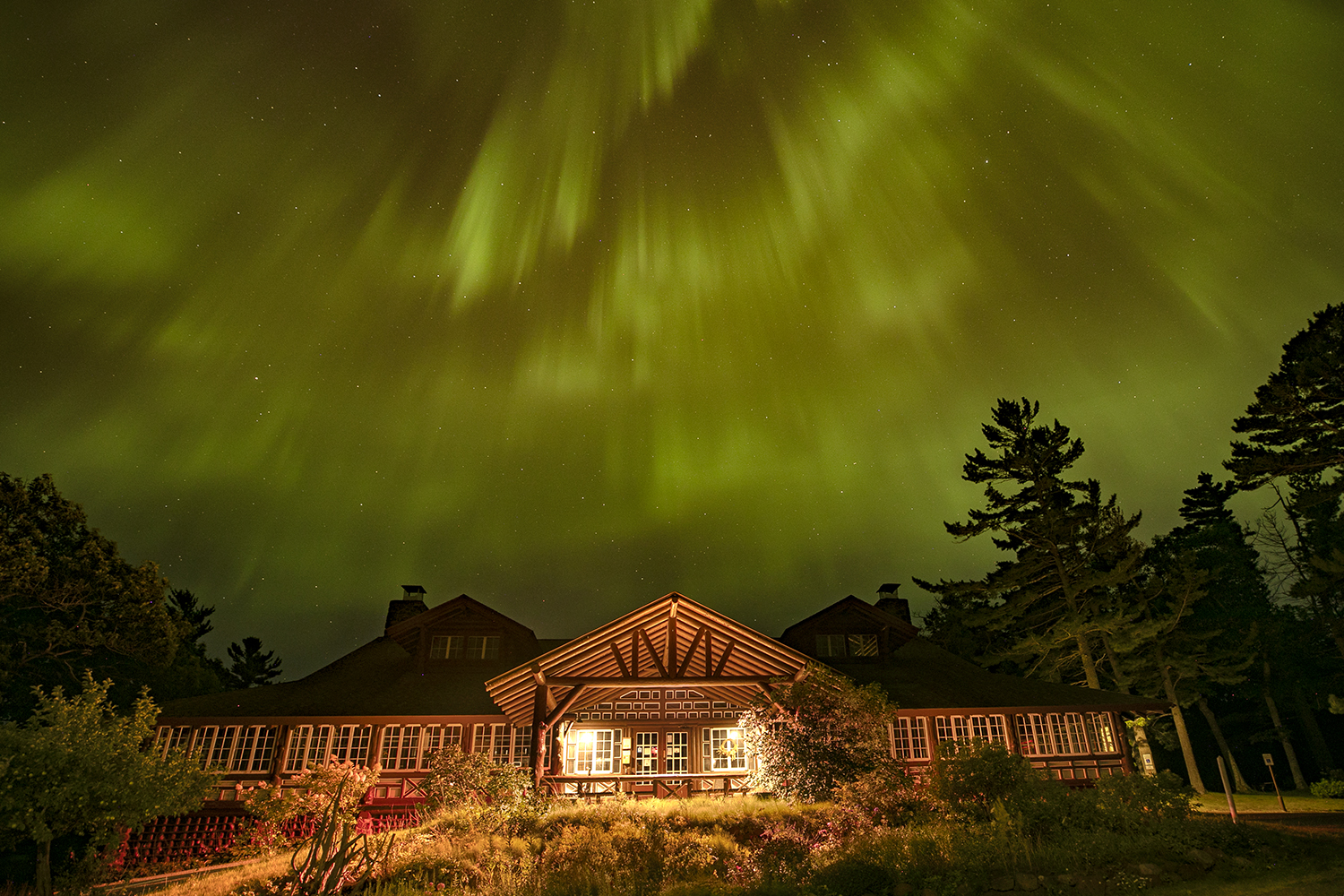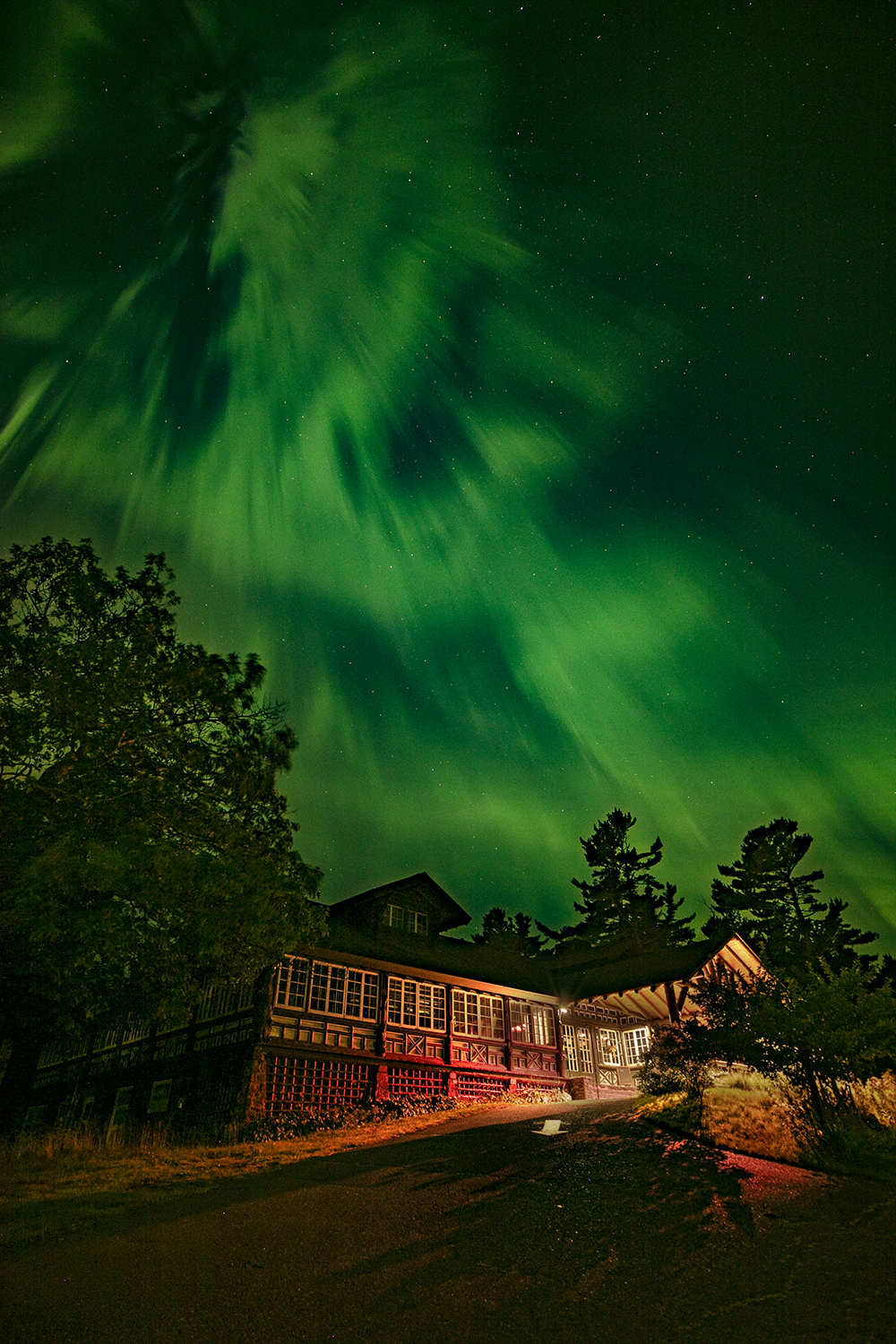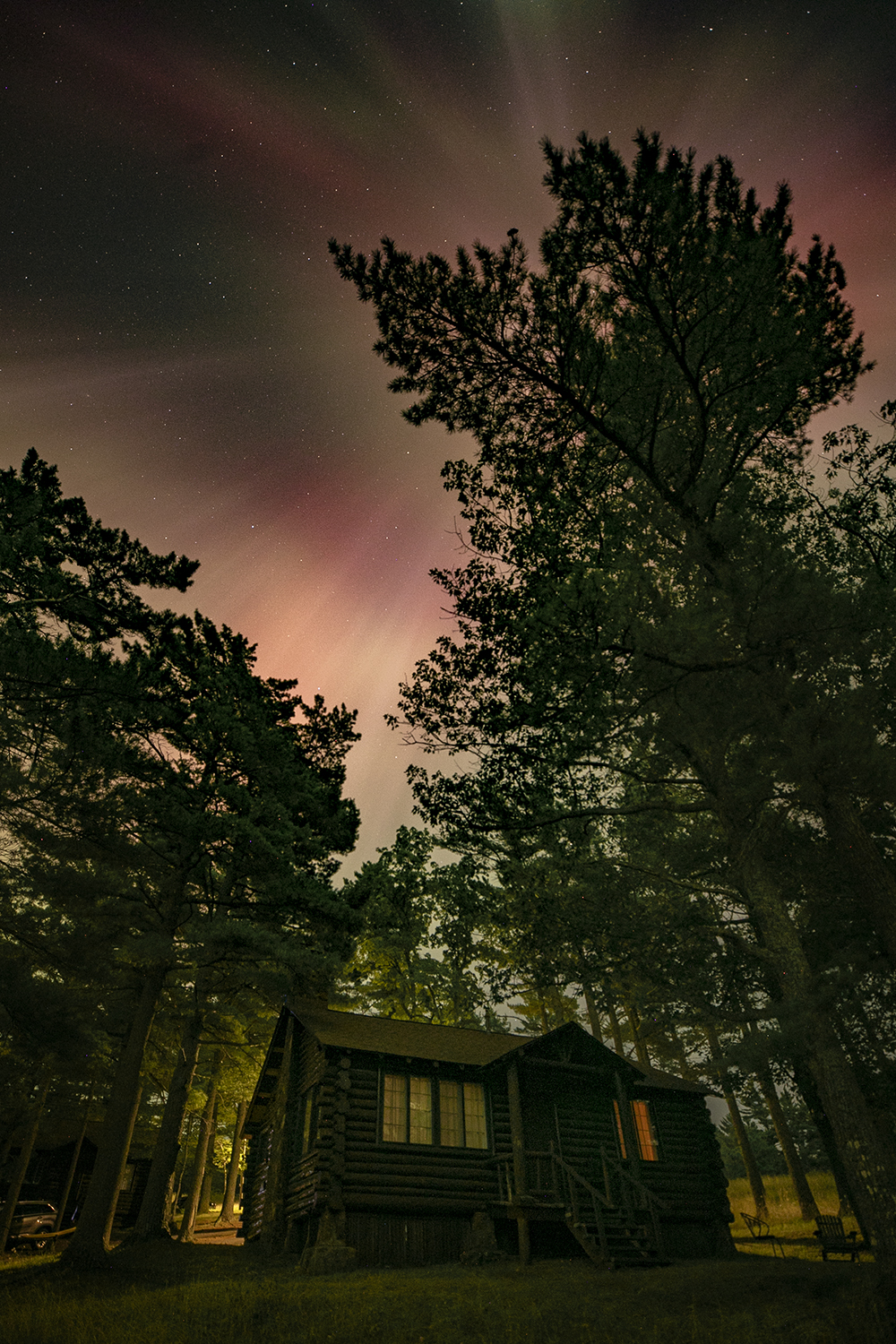On Sunday evening and early Monday, the 11th and 12th of August, the Keweenaw Mountain Lodge hosted a Perseid Meteor Shower Viewing Party as part of our activities associated with being the headquarters of the Keweenaw Dark Sky Park. Little did we know when we planned this event how special this evening was going to be.
The Perseids appear every year roughly between July 14th and September 1st. The KML team plans the event to take place during the peak of the meteor shower. The peak is known because it occurs annually when Earth passes through debris — small bits of ice and rock — left by Comet Swift-Tuttle, which last approached Earth in 1992. One factor we do not know when we schedule the event is what the weather will be for that night. As the day grew closer it seemed like the night would be clear, however, we were still unsure if it would stay clear once the sun set.
Similar to last year (2023) we decided to hold the viewing party on Hole 4 fairway of the golf course, which is one of the darkest open areas in the Keweenaw Dark Sky Park. Throughout the year we have our finger on the pulse of what the phase of the moon will be on any given day. So I checked the Time and Date website before scheduling the start of the event. I noticed the moon would be a waxing crescent at 43% and would be setting at 11:43pm. I thought an 11:00pm start time would give us time to go over a few items as a group and then do the 10 minute walk out to the Hole 4 fairway.

In 2023 we had the guests meet out on the fairway of hole 4. We realized that many people were unfamiliar with the wilderness of the Keweenaw Dark Sky Park and did not feel comfortable venturing out into the unknown dark spaces of the park by themselves.
This year we decided to have the guests meet in front of the OAC building and then walk out together.
About 35 people showed up at the OAC. Before heading out into the darkness, we discussed logistics, the use of red lights, and when the moon would be setting. We then headed out as a group and started walking out on the Dark Sky Walking Path to hole 4. I was leading the group and KML team member Amy Oestreich was walking sweep in the back of the pack. Some guests noticed a strong glow on the northern horizon. A few people shot some test images with their cell phone and were able to pick up colors from the northern lights. I had been following the solar activity that the sun had been producing over the last few days; the data looked promising for an appearance of the northern lights. However, many factors contribute to whether the auroras will be seen on any given day. After I saw the test shots on the phone, I had a feeling that the night was going to be special.
The group soon arrived at the fairway of hole 4. It was a warm night, in the 60’s with just a slight breeze. The glow on the northern horizon was bright, almost like there was light pollution, however I knew that was not the case, It was the northern lights, and they were strong, visible to the naked eye. I also noticed a few people were already set up with cameras and telescopes. They welcomed us with warm greetings. One of the great things about this spot in the Keweenaw Dark Sky Park is that you see no lights from the Lodge, the cabins or any headlights from cars. There are many great places to stargaze on the Keweenaw, this is one of my favorites because there is no visible artificial light.
The group spread out across the open area. There was plenty of room for everyone to enjoy the show. Some people brought lawn chairs and blankets, while others nestled into the Adirondack chairs the KML team had set up earlier during the day.
The glow from the northern lights lit up the fairway like it was dusk, it was easy to move about without the use of a red flashlight. Cabin guests Mark and Lainie Renfro asked me to take a picture with them in it. I positioned them under the rapidly advancing light show.
What happened in the next few hours is hard to describe with words. The northern lights marched across the sky, washing out most of the stars. It was so bright that we were unable to see most of the meteors from the Perseid Meteor Shower. In the early part of night I pointed my camera to the south and was able to still see the core of the milky way. The stars and the milky way soon became washed out and unrecognizable.
Most of the group sat back and watched the night sky change in ways we have never imagined. Some people were quiet with an occasional “oooh” or “ahhh”, while others were excited and joyous with conversations about forms they were seeing in the lights. I heard someone say, “it looks like an angel” and another say, “I see a chipmunk!” The colors of the northern lights were not bright to the naked eye; in fact, the lights were mostly a bright white, faint green-tone. However, one could see the lights shimmering and dancing throughout the entire sky. Between 1:00am and 2:00am the lights began to pulsate and vibrate, this was one of the most spectacular aurora events I have ever seen. After a while, some people started to head back for the night, some wishing they had seen more meteors (since they came to see the Perseids). Most people left in a state of awe and disbelief trying to comprehend what they just saw.
I was able to capture one Perseid meteor on film. KML team member Amy Oestreich said she counted about twenty meteors, few in comparison to the hundred (approximately) meteors we saw last year.
At 2:00am, Amy and I headed back with a few others. Some people remained on the fairway of hole 4, lying on their blankets, eyes looking up at the sky. Many people commented that this was one of the most spectacular nights of “stargazing” they had ever seen. I agreed.
When we arrived back at the front of the Lodge, I checked the SpaceWeatherLive app to check the data. The K(p) Index was reading a 7 which is a G3 level solar storm. The K-index is used to characterize the magnitude of geomagnetic storms. Spaceweatherlive describes the K(p) index as: “The Kp-index is the global geomagnetic activity index that is based on 3-hour measurements from ground-based magnetometers around the world.”
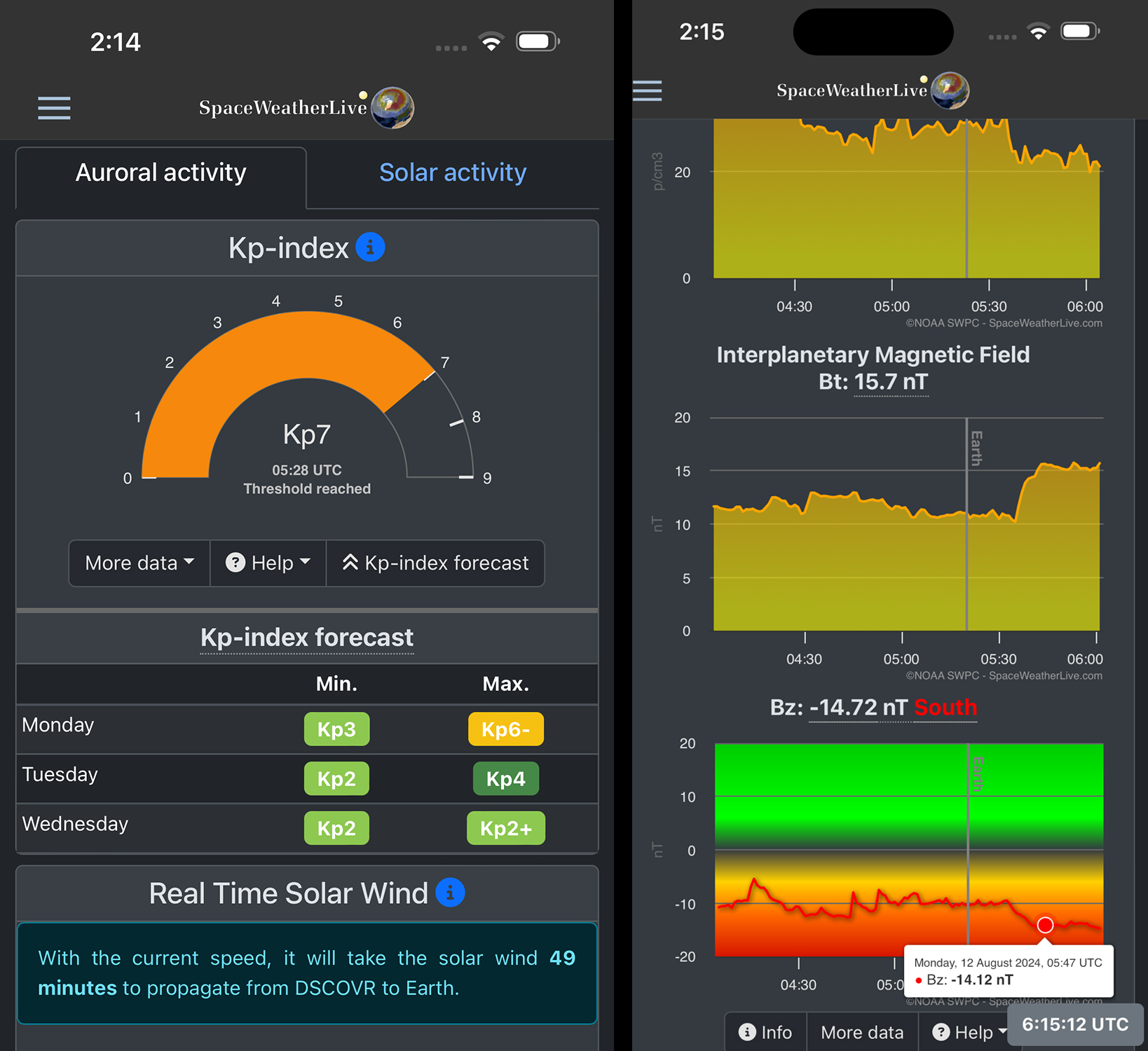
Spaceweatherlive.com describes the G rating system as: “NOAA uses a five-level system called the G-scale, to indicate the severity of both observed and predicted geomagnetic activity. This scale is used to give a quick indication of the severity of a geomagnetic storm. This scale ranges from G1 to G5, with G1 being the lowest level and G5 being the highest level.”

I put down my phone and quickly noticed the northern lights dancing above the Lodge. When you look at the front of the Lodge building, you are facing south. So it is rare that the northern lights are ever strong enough to be seen above the Lodge. I pulled out the camera and tripod one more time, capturing these images:
A successful night. The sky was clear of clouds. We had a group of fun and adventurous individuals willing to stay up late to educate themselves and celebrate an annual celestial event. And we had an unexpected G7 solar storm create a glorious experience that will remain in our thoughts for years to come.
Our next night sky photo workshop will be held on September 1, 2025.

Chris Guibert: I have a strong passion for all things outdoors and have worked as a tour guide and professional photographer for the last twenty five years. As the Lead of Outdoor Activities at the Mountain Lodge I want make sure you and your family have a great experience while staying and playing. Please feel free to ask me any questions about the trails, regional activities and local secrets.
